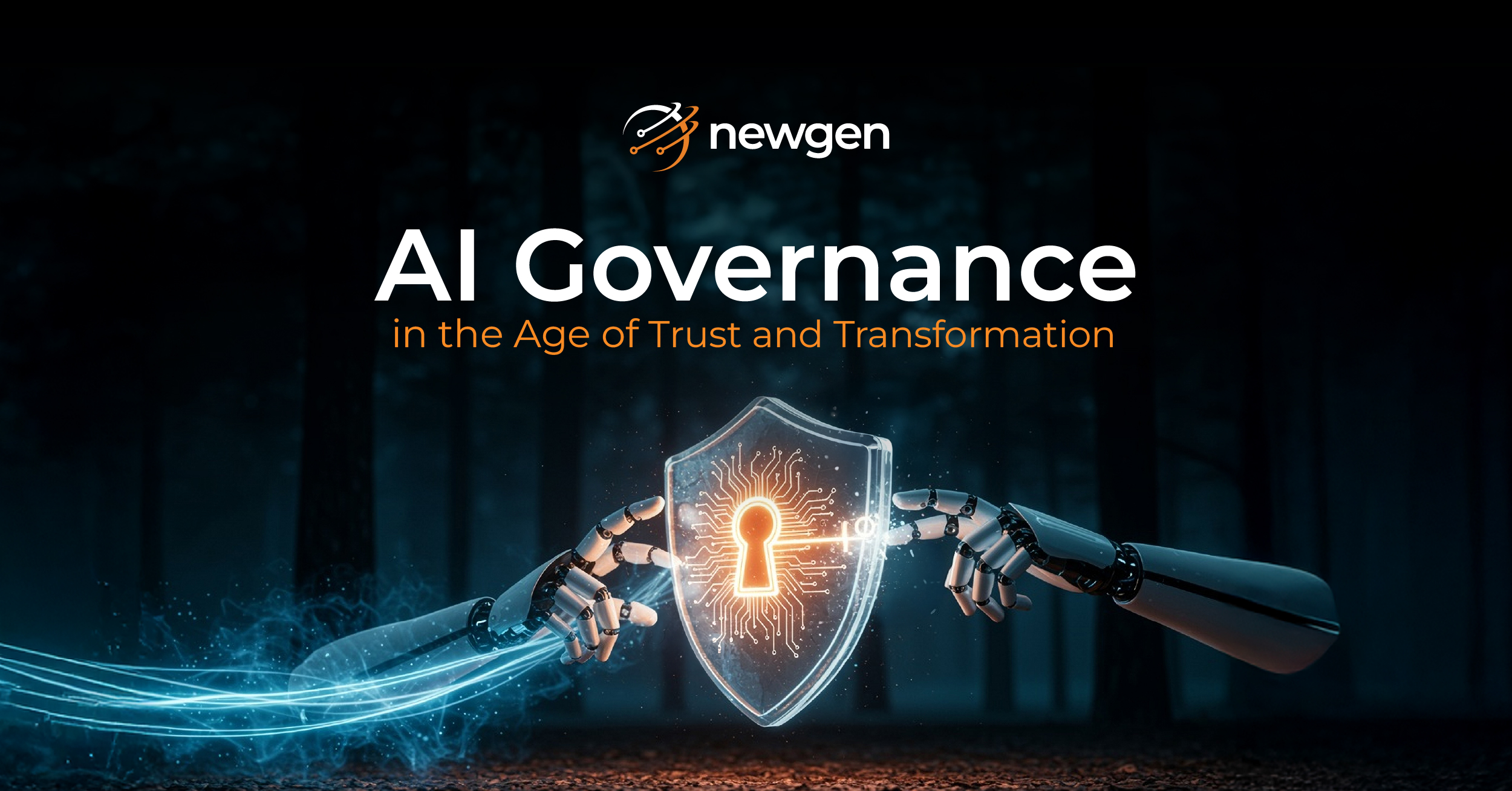The role of a chief information officer (CIO) has evolved significantly over the years. Historically, they have been the guardian of an organization’s IT infrastructure. However, their responsibilities have expanded far beyond technology in this digital age. Consequently, CIO challenges have become increasingly complex.
Today’s CIOs are no longer confined to server rooms and data centers but play a pivotal role in shaping the company’s strategic direction. Their responsibilities are diverse and multifaceted, from fortifying defenses against ever-evolving cyber threats to integrating cutting-edge solutions into traditional legacy systems for better customer experience.
According to the 2024 Gartner CIO Agenda survey, CIOs—who co-lead and resource digital delivery teams end-to-end with their CXOs—are more than twice as likely to meet or exceed the outcomes from their digital technology investments compared to CIOs who leave the delivery of digital capabilities to their IT departments.
In the process of steering organizations into a digitally transformed future, CIOs face a multitude of hiccups. In this blog, I will delve deeper into the challenges CIOs are poised to encounter this year and the solutions to tackle them.
1. Evolving Cybersecurity Threats
CIOs face a daunting challenge in the form of cybersecurity threats. The threat landscape has become even more complex in 2024, with the rise of advanced persistent threats (APTs), ransomware attacks, social engineering exploits, and zero-day vulnerabilities.
In a 2023 report, identity management firm CyberArk claimed that more than 9 out of 10 security professionals surveyed anticipated artificial-intelligence-led threats to affect their organizations; meanwhile, 60% of businesses attacked by ransomware paid to recover their systems twice or more.
Action step: CIOs must continuously adapt and strengthen their organization’s defenses to deal with these threats. They must implement robust cybersecurity measures such as network segmentation, strong encryption, multi-factor authentication, continuous monitoring, and regular system updates and patches. They must also comply with data protection regulations to safeguard sensitive customer data and the organization’s reputation.
2. Automation of Complete Journeys
In the fast-paced world of technology, organizations strive to offer seamless and efficient customer experiences across multiple touchpoints. Automating complete customer journeys while maintaining a seamless flow of information across the front, mid, and back offices is becoming a critical focus for CIOs.
Action step: From delivering seamless and personalized customer interactions across multiple touchpoints to optimizing supply chains, inventory management, and data integration, CIOs must harmonize the entire technology spectrum to ensure that end-to-end journeys run smoothly, enhancing customer satisfaction and operational efficiency.
3. Cloud Adoption Strategy
Adding to the list of top digital transformation challenges for CIOs is the cloud adoption strategy. The worldwide public cloud services spending is expected to reach $1.35 trillion in 2027, according to a 2023 guide by International Data Corporation (IDC). As organizations increasingly migrate their data and applications to the cloud, ensuring sensitive data confidentiality, integrity, and availability becomes imperative for CIOs.
Action step: For a swift and seamless transition, CIOs must make informed decisions on workload selection, choosing the right cloud providers, managing costs, maintaining data security, adapting to hybrid and multi-cloud environments, and planning long-term alignment with the organization’s goals.
4. Digital Transformation Dilemma
The market size of digital transformation is forecasted to reach $2,845 billion by 2032, as per the International Market Analysis Research and Consulting (IMARC) group. Digital transformation poses a complex challenge for CIOs, demanding a delicate balance between integrating new digital technologies and updating legacy systems, managing cultural shifts, allocating budgets wisely, addressing cybersecurity concerns, and remaining adaptable in a dynamic landscape.
Action step: This can be tackled by implementing robust change management strategies, investing in cybersecurity measures and employee training, allocating budgets strategically, leveraging data analytics and AI for insights, staying agile in tech adoption, and quantifying the impact of digital transformation initiatives to demonstrate ROI.
5. Customer Experience Excellence
A 2024 customer experience (CX) guide by Forrester said that 64% of CX leaders may see budget increases this year, which makes cutting back on redundant or poorly performing investments crucial. In today’s competitive landscape, CIOs must ensure that technology underpins the delivery of exceptional customer experiences. Achieving this means harnessing data analytics, AI, and digital platforms to create personalized, responsive interactions that meet customer expectations.
Action step: CIOs must prioritize personalization, consistency across all touchpoints, omnichannel engagement, and continuous improvement through feedback loops. Organizations that deliver exceptional customer experiences will gain a competitive edge and drive long-term success.
6. Keeping Up with AI/ML Advancements
Staying updated with the rapidly evolving landscape of AI and Machine Learning (ML) is a formidable digital transformation challenge for tech leaders in 2024. A PWC ‘Sizing the Price’ survey stated that AI will contribute $15.7 trillion to the global economy by 2030. The fast pace of AI/ML advancements demands vigilance, adaptability, and strategic decision-making to leverage these technologies for the benefit of their organizations.
Action step: To harness the potential of AI/ML, CIOs must continually assess new algorithms and tools, evaluate ethical considerations, access specialized talent, evolve security measures, ensure a solid return on investment, manage data effectively, and engage in continuous learning.
Final Thoughts
The role of a CIO is more important than ever. Addressing the above CIO challenges will demand a unique blend of technical acumen, strategic foresight, and adaptability. The leaders who embrace these hurdles as opportunities for growth and innovation will be at the forefront of shaping their industries and leading their organizations toward a prosperous and technologically advanced future.
You might be interested in





